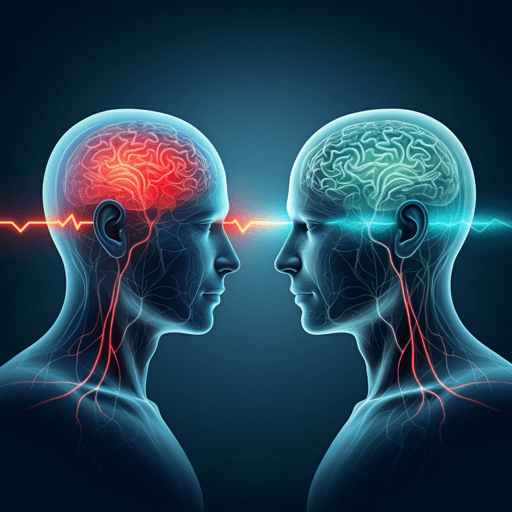
Medicine and Health
Brain-to-brain mechanisms underlying pain empathy and social modulation of pain in the patient-clinician interaction
D. Ellingsen, K. Isenburg, et al.
Simultaneous fMRI hyperscanning of chronic pain patients and clinicians shows that supportive patient–clinician interactions lower reported pain and boost clinicians’ dlPFC concordance with patients’ somatosensory S2 activity—particularly after a prior clinical consultation. Research conducted by Dan-Mikael Ellingsen, Kylie Isenburg, Changjin Jung, Jeungchan Lee, Jessica Gerber, Ishtiaq Mawla, Roberta Sclocco, Arvina Grahl, Alessandra Anzolin, Robert R. Edwards, John M. Kelley, Irving Kirsch, Ted J. Kaptchuk, and Vitaly Napadow.
~3 min • Beginner • English
Related Publications
Explore these studies to deepen your understanding of the subject.







